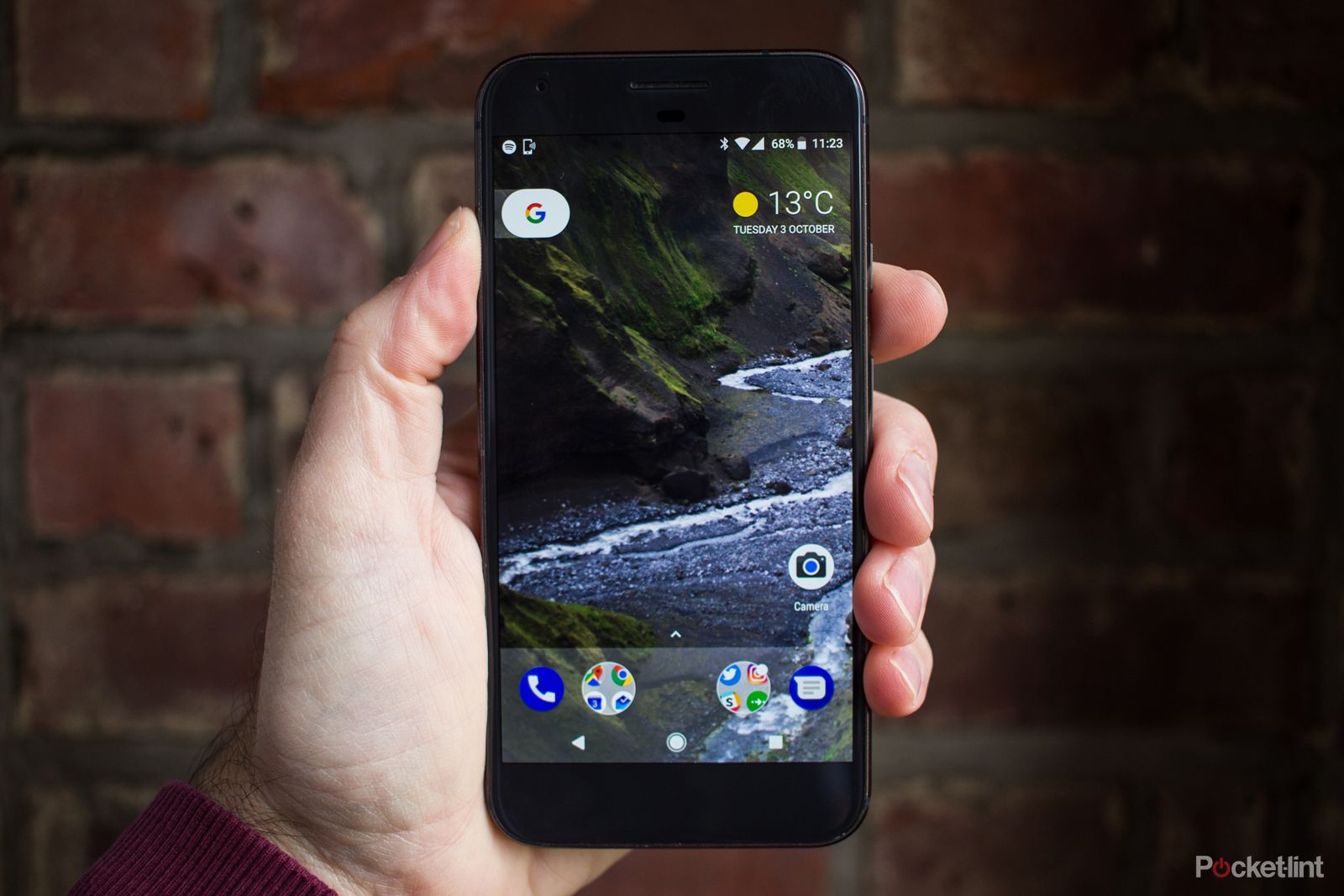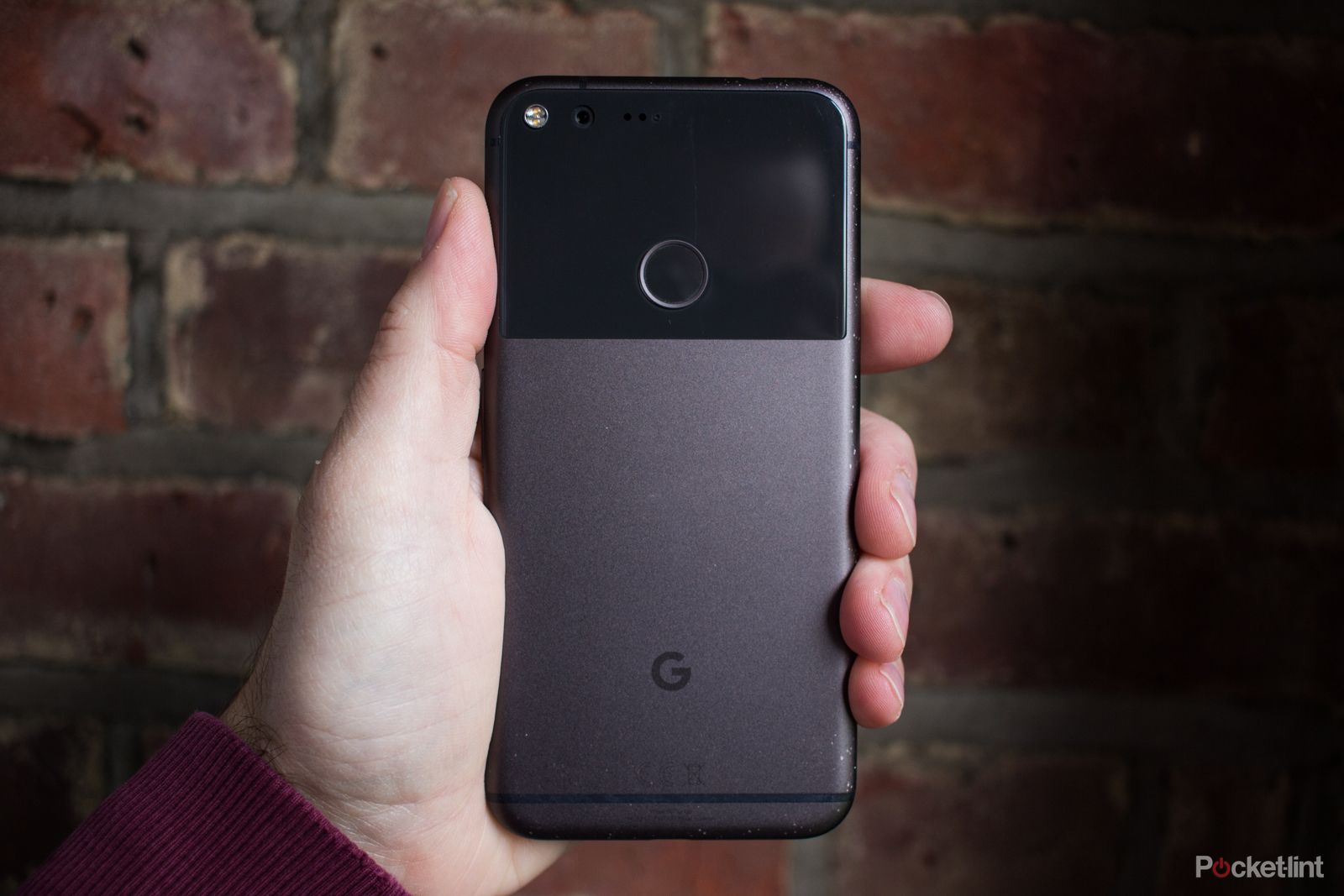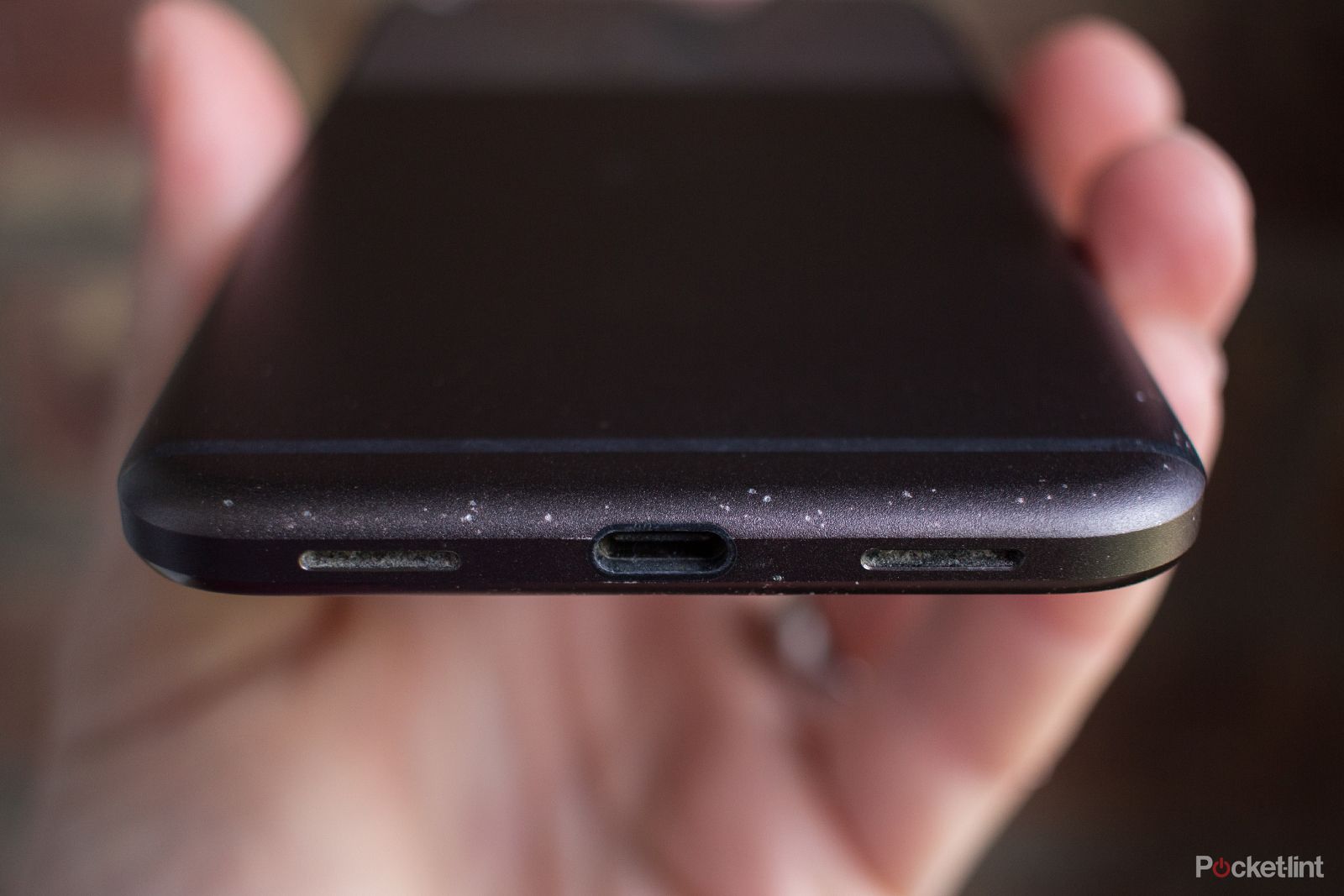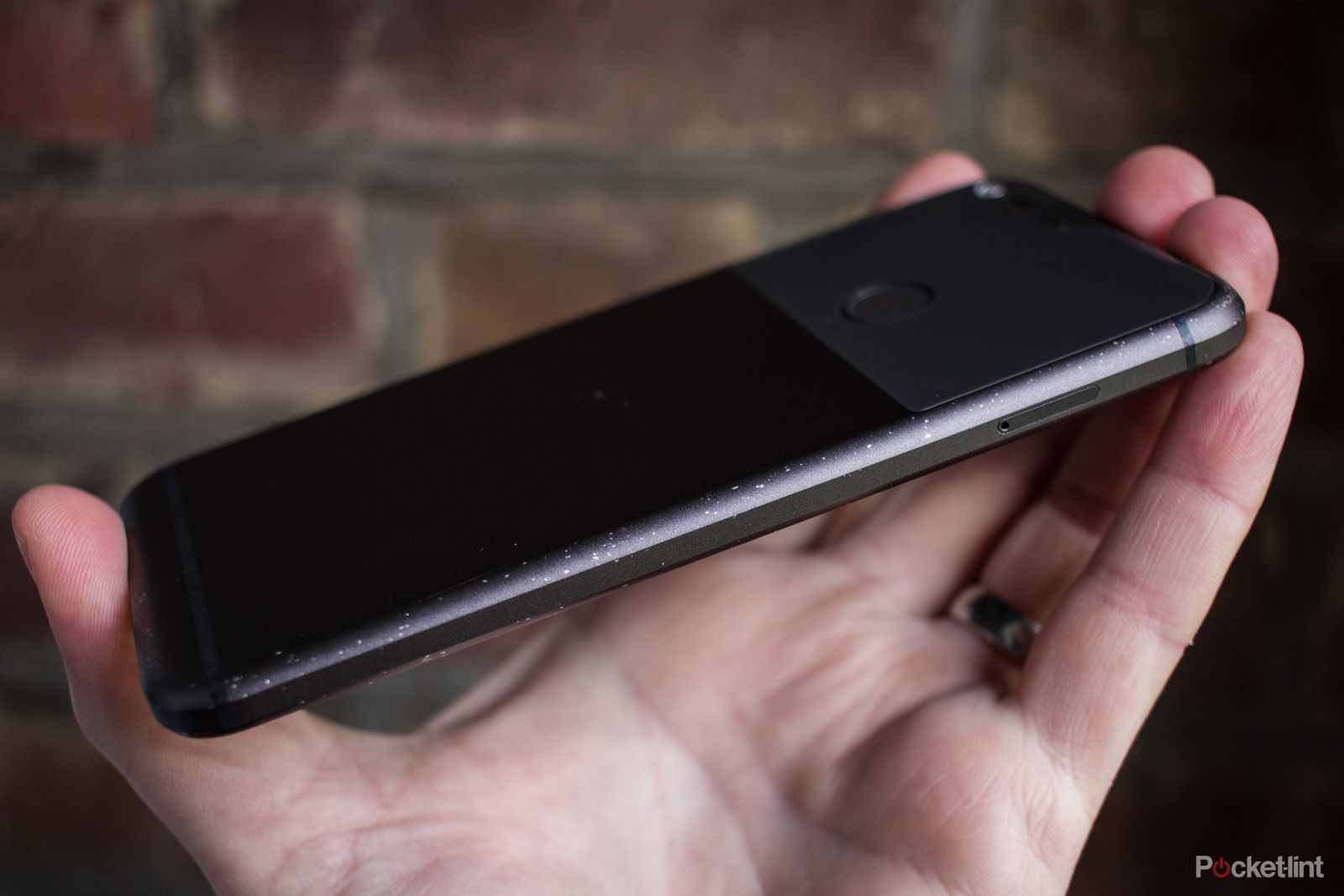A year is a long time in technology. For someone who reviews smartphones, it means a lot of phone changes, it means a shift in the hardware platform that phones are running on, it means tweaks, changes and a lot of marketing spiel to absorb, process and ignore.
The Pixel XL was our choice of Google's 2016 phones. The size hit a sweet spot, giving a little more play space for a device that felt it handled modern smartphone use better than smaller devices.
Although the Pixel launched as a pure Android phone, it offered something that the Nexus phones never did: it was as Android friend with benefits, a phone that felt like Google loved it a little more. It was "made by Google" and that made it a little more special.
And a little more expensive.
A Qualcomm conundrum
At the launch of the Pixel XL, we loved the new Qualcomm Snapdragon 821 platform, even if it was short-lived as Qualcomm's glory chipset. It wasn't widely used, appearing in the LG G6, before the Snapdragon 835 appeared in 2017's most powerful phones.
Through all the devices that have launched in 2017, the Pixel XL has been a phone we've come back to time and again. Snapdragon 821 has survived the year remarkably well, and even though the 835 offers a noticeably faster experience - especially when playing more demanding games - 821 doesn't lag too far behind when it comes to daily use. In fact it doesn't really lag behind at all.
For the Pixel 2, rumours of a new iterative upgrade to the Snapdragon 836 have been flatly denied, with the 835 expected. It's a great platform with loads of power, but the Pixel will again find itself in a position where it's running older hardware than many of the phones that launch during its lifespan.
A year is a long time in technology, and hardware development will not stop, with rumours of the Snapdragon 845 hitting devices in early 2018. Apple here has a slight advantage: it's only ever competing with itself, only launching new phones once a year.
Quick charging assault and battery
One of the things we've relished in the Pixel XL has been fast charging. It's not unique at all, with virtually all Android phones offering it, but it's been one of the appealing things that Android has offered over Apple. The iPhone 8 introduced fast charging, and while you have to have the right cable and the right charger, it levels that playing field. iPhone owners are in for a treat right here.
But let's not talk about fast charging and talk about battery life. The Pixel XL obviously offered great battery life at launch and we've been happy that it will get us through busy days. Many times we've been with an iPhone 7-sporting colleague who ran empty. Pixel XL performed better and could recharge so much faster, which always felt like a distinct advantage, although much is governed by how you use your device.
You could also restart it as soon as it hit a charger - and with Oreo, it restarts so much faster than it did with Nougat.
At a year old, the Pixel XL is no longer the stamina star that it once was. It has lost about 4 hours from its day-long usefulness, meaning we have to top it up late-afternoon on busy days. That's a fair amount of battery degradation.
This is also where stock Android has a real problem. Battery saving in Nougat and Oreo feels like the last-ditch attempt to survive, whereas Samsung, Sony, LG - all the major brands in fact - have much better battery saving modes that you can use all day, making choices about display resolution, background data access, hardware throttling and so on.
Android could offer more here and Oreo doesn't seem to fix that and we don't know why it's not a higher priority for Google.
Oh but the camera!
Nexus devices were notorious for having slightly rubbish cameras. Nexus phones were about affordable Android devices that developers could work on - but the camera wasn't really the focus of the attraction.
Then Pixel launched and we still rate this as one of the best cameras to actually use. It's not as fully featured as some, it doesn't have a dual camera setup, but it's consistently excellent and the secret lies in post-processing, especially with HDR. We've found the Pixel to be one of the best auto HDR experiences on any smartphone.
We say that because in many cases it will take your photo, go off and process that HDR, leaving you to glance into Google Photos and see a wonderful image. That takes a little time and we suspect that the Pixel 2 will speed things up, but you also get good low light performance too. There's one caveat to this, which is white balance: sometimes it completely fails with colour temperature in low light and gives you pictures that are far too warm.
We didn't like the Pixel using a fairly basic camera app at first. It was too close to the miserable Nexus experiences of the past, but we've come to embrace that simplicity. Some camera apps offer so many features, settings and menus, that it's clutter central. With the Pixel you shoot and go, leave it in auto and you get decent photos. That's what you want.
Then you have storage of those photos. You get unlimited full resolution storage of those photos and videos through Google Photos. That's a very compelling offer, because they just backup and stockpile themselves and that's a great experience. Other Android users get unlimited storage if they go for lower resolution, but G Drive is fairly generous compared to iCloud anyway, even if the whole-device backup situation isn't nearly as sophisticated as Apple offers.
Google Photos also does some fun stuff with your pictures, especially if you use burst a lot, making clips that you can easily share and we've generally seen the mess that was Picasa evolve into a great platform in Google Photos.
The birth of Google Assistant
From Google's point of view, its big announcement alongside making its own phone was its own AI, Google Assistant. This ran roughshod over Google Now and Now on Tap (which was always a little weird anyway).
What we liked about Google Now is how the launcher gave you a digest of stuff with a swipe, something that survived into the Pixel Launcher. That glanceable content is so much more relevant than Samsung's Bixby Home or HTC's Blinkfeed, and a lot more cleanly presented, becoming part of the Google searching experience in your phone. If you search a lot (which we all do), then this synchronicity between your phone and your Chrome desktop browser becomes all the more brilliant.
As for Google Assistant. We can't say that Assistant has actually had any impact on how we use the phone. The exception is in Android Auto, were we use it a lot. Otherwise, Google Assistant is just a feature we tend to ignore. We tried Ok Google hotword activation, but in reality, the Pixel XL unlocks so fast and Gboard is so good, that swiping in a question to Google search is just as easy.
Sorry Google, but Assistant hasn't yet become a core part of our daily phone use and you probably won't like that.
And finally that design...
When the Pixel XL launched, the design divided many. It was distinctly HTC, but the glass panel on the back offended a lot of people. It wasn't long before we slipped the Pixel XL into a case, mostly to hold a metal plate in place so we could use the standalone Android Auto experience in the car with a magnetic mount.
Android Auto running on the phone rather than needing a completely new head unit is simply brilliant, bringing navigation and music options to those who don't have the latest kit in their car.
We've dropped the Pixel XL, we've used it in the rain, it's been extensively abused and that wear can be seen around the body. Although it's been encased for much of the year, there are still scratches in the anodised surface where dirt has got in. But otherwise the display has stayed remarkably scratch-free and the buttons have retained their distinct action on the side.
The big niggle that about this phone is the lack of a proper IP rating. Sure, we've used it in the rain, but it doesn't have the protection that iPhone offers, that Samsung offers or LG has used. Even HTC put proper IP protection on the U11 and Sony's obviously been doing that for several years.
Summing up
With all this in mind, the Pixel XL feels like a phone that has plenty of life in it, which you'd expect from a £700 phone (it's now £400 by the way, if you want a new one.) The bodywork has lasted and the performance is still pretty solid. The battery is starting to decay, but we suspect that it would be another 6 months before that started to be annoying, while the gradual increase of speeds elsewhere doesn't render this phone redundant, just not at the top of its game.
Meanwhile the Pixel advantage of having been running Oreo for a while remains; going with Google means you're at the front of the line and that's been the case through 2017's updates. Most manufacturers are now duplicating less, but where stock Android was once pretty barren, it's now a great experience. Samsung's UX is great on the Note and Galaxy S, but these days we're more compelled by Pixel offering slightly less, than having to unpick or replace alternative launchers/keyboards/messaging apps that just don't work as well - which is often the case for HTC, Sony, LG, Honor and Huawei.
For those asking whether Pixel phones are worth it, we'd have to say yes. The experience of living with the Pixel gives us confidence that it's worth paying the price for. This is a premium smartphone experience. For us, Made by Google produced one of the most compelling devices of the past year. We're hoping that the Google Pixel 2 XL can live up to this reputation.




